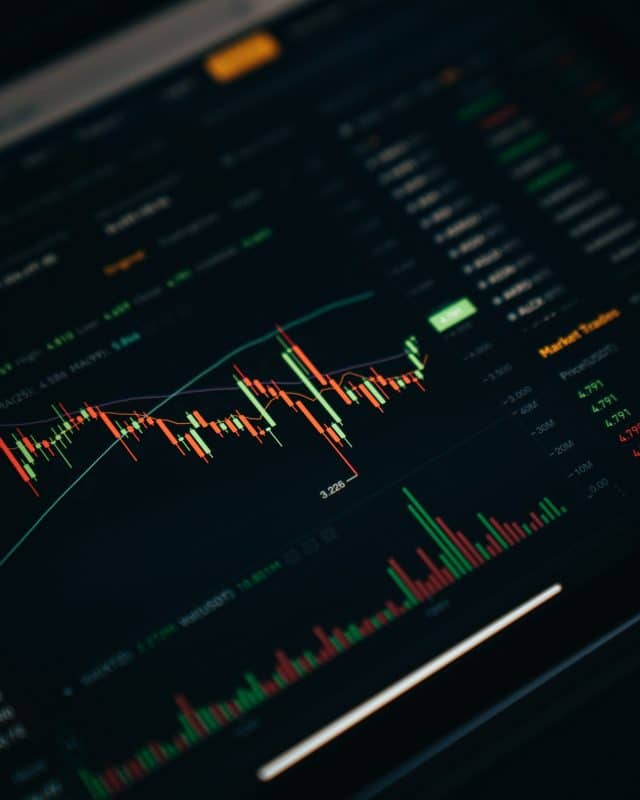
Great strides have been made toward automating trading in recent years. Expert Advisors (EAs), or Expert Algorithm Advisors, are becoming more widely utilised as traders turn to complex algorithms as part of their trading strategies – and MetaTrader 4’s widely used trading platform is becoming their go-to. We cover the various facets of finding an ideal MetaTrader 4 Expert Advisor, from understanding its responsibilities to optimising its performance.
Understanding MetaTrader 4 and Expert Advisors
MetaTrader 4 (MT4) provides a comprehensive set of tools for analysing financial markets, making trades, and managing accounts electronically. It has become widely used and boasts a substantial user base. Support for Expert Advisors (EAs) – computerised trading systems that run transactions according to predetermined guidelines or criteria -– is one of the many powerful features offered by metatrader 4.
Expert advisors are algorithms designed to conduct complex calculations and analyses in real time, making it easier for traders to uncover opportunities for profitable trading while executing transactions more smoothly without human involvement. EAs come in all shapes and sizes, from rule-based systems and rule-based robots to neural networks and machine learning algorithms. Finding one that best matches your trading style and goals is paramount if you hope to harness their potential.
Assess your trading style and objectives
Before diving headfirst into the vast array of available Expert Advisors, it is vital that you clearly define your trading style and goals. Which of the three types of trader descriptions fits you: scalper, day trader, or swing trader? Do your priorities lie more with risk management or maximisation? Answering such questions will help narrow your search for the best-fit EA.
There are several EAs designed specifically to cater to different trading styles and preferences. For instance, there are EAs for scalping methods – which involve quickly entering and quitting trades to take advantage of minute price shifts – while others focus on swing trading (capitalising on price fluctuations over days to weeks) by tracking price movements more slowly. Selecting an EA that aligns with your objectives should become simpler if you can identify your trading style.
Understanding Expert Advisors and their types
EAs come in various shapes and forms, each offering different capabilities and characteristics. Below is a selection of some more prevalent EAs:
Trend-following Expert Advisors: Their primary objective is to initiate and exit trades according to market trends, using technical indicators like moving averages, MACD, or RSI as their gauge for measuring trend strength and its direction.
Counter-trend Expert Advisors: These are designed to detect overbought or oversold market conditions to profit from price reversals. Typically they utilise technical indicators like Bollinger Bands, Stochastic Oscillator, or RSI to detect possible turning moments in the market.
Breakout Expert Advisors: These are designed to capitalise on sudden price swings when markets break through critical support or resistance levels. These EAs closely monitor price activity and volatility to detect any possible breakouts before trading according to their findings.

Grid Expert Advisors: These create an artificial grid-like structure by placing trades at specific price intervals to emulate its appearance. They aim to take advantage of market swings by collecting gains from both upward and downward price movements to make a profit from trading.
Arbitrage Expert Advisors: They exploit disparate pricing structures across various market sectors or financial instruments. These EAs require access to multiple trading accounts or platforms to conduct real-time arbitrage transactions.
Neural network and machine learning Expert Advisors: These advanced EAs use artificial intelligence and machine learning technologies to analyse market data, recognise trends, and adapt trading methods over time. While such EAs require considerable computing power and expert knowledge for maintenance purposes, their performance in an unpredictable market environment could provide remarkable flexibility and performance benefits.
Assessing Expert Advisor performance and reliability
Before selecting an EA, it is vitally important to conduct a performance and dependability analysis based on multiple criteria, including these:
Backtesting: Backtesting involves recreating an EA’s trading strategy using historical market data to measure its performance over time and evaluate it using backtesting results. Relational backtesting data is invaluable when trying to understand how an EA would fare under real trading conditions. Look out for EAs with reliable backtesting results that detail the testing process, duration period covered, and main performance indicators, as this will indicate its overall effectiveness.
Forward testing: Sometimes known as paper trading, this allows investors to evaluate an EA without risking real money, providing useful insight into its ability to adapt and react appropriately in real-time market fluctuations. When choosing an EA for forward-testing purposes, it’s wise to choose an advisor with available forward-testing findings and a proven track record.

Drawdown and Risk Management: Drawdown refers to the percentage decline from peak to trough in an account’s value over a specific timeframe. When market conditions become unfavourable, an advisor with a low drawdown percentage and effective risk management tools could prove invaluable in protecting your trading money and mitigating losses.
Profit Factor and Sharpe Ratio: These ratios measure gross profit to gross loss ratio and risk-adjusted returns, respectively, which may be found on financial statements. A trading strategy with higher values for both criteria indicates it may be more lucrative and use fewer resources – an indicator of increased returns and reduced resource requirements. EAs with high-profit factors and Sharpe Ratio metrics may offer superior risk-reward profiles than EAs without these metrics.
User Reviews and Testimonials: Research user reviews and testimonials by traders who have experience using the EA in question. Attempt to locate objective testimonials that will provide insight into its performance in real-world use and any hidden flaws not evident from backtesting or forward testing results.
Customising and optimising Expert Advisors
After selecting an EA that matches your trading style and goals, the next step should be customising and optimising it to deliver optimal results. This may involve changing the parameters of the EA, such as its stop-loss or take-profit order levels/trade sizes/indicator settings. Many EAs have built-in tools for fine-tuning performance to match your tastes and risk-tolerance levels.
Use the Strategy Tester in MetaTrader 4 to further develop and perfect your EA. This advanced tool enables you to evaluate and optimise the performance of your EA by running simulations on historical data. Its results provide insightful information into its strengths and weaknesses.
Manage expectations and remain vigilant
Expert Advisors may bring traders considerable rewards, yet it is essential for them to manage their expectations properly and remain vigilant while evaluating these tools. No EA can ensure constant earnings or eliminate trading risks completely. Hence traders must regularly evaluate and monitor the effectiveness of their EA, making adjustments as necessary so it continues to meet trading goals.
Conclusion: selecting an effective MetaTrader 4 Expert Advisor
Finding and installing an appropriate MetaTrader 4 Expert Advisor can be time-consuming but ultimately fruitful. By using automation to enhance your trading experience and boost success in financial markets, you can harness its power for increased trading experience and potential success in the financial markets. Start by understanding your trading style and objectives before investigating various EA types to assess performance and reliability before customising one to meet specific requirements. Remember that no EA guarantees long-term success, and constant evaluation or change to your EA’s performance is vitally important. Happy trading!
